Oil painting has a long and rich place in art history, and it remains a popular medium today. If you’re familiar with acrylic, switching to oil paint is straightforward. But like any material, it has its idiosyncrasies that you should know before putting brush to canvas.

These 10 oil painting tips will help you master the medium!
1. It’s OK to make mistakes
Instead of saying, “Oh, no, I’ve blown it!” just ask yourself, “What’s next?”
Fear stops a lot of people from painting, which is such a shame. The worst that can happen is that you abandon it, or scrape down the parts that aren’t working and paint them again. A painting can be thought of as a series of choices and judgments. Sometimes we make the wrong ones and that’s not only OK, but it’s also inevitable.
2. Invest in your supplies
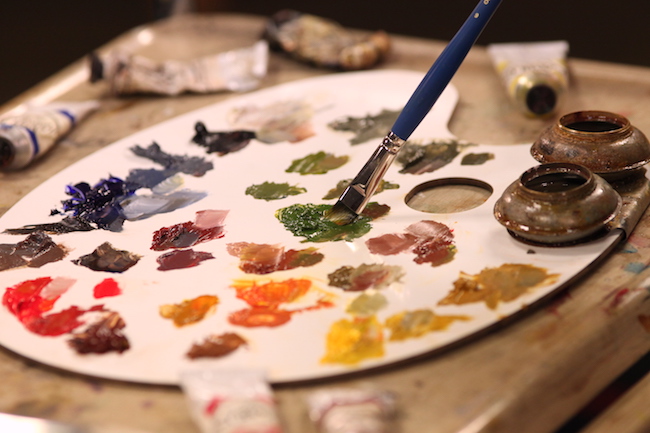
Buy professional-grade paint, brushes, and supports, not student grade products. Inexpensive paint has a lot of filler, so it takes more to cover an area, which means you won’t be saving as much money as you thought. Cheap brushes don’t hold up and don’t let you control the marks you want to make. If you find that you’re fighting the brush to get the result you want, time to upgrade.
Everyone has different preferences for what feels good to paint on. Try a variety of decent quality canvases or panels and settle on the one that’s right for you. If you’re not invested in traditional stretched canvas, you might try gessoed cotton canvas panels.
3. Use a mirror
It’s one of the best ways to catch mistakes. For whatever reason, seeing a painting in reverse can cause problems to jump out. If you’re doing portraits, it’s a great way to check the eyes and other features. For a still life, it will illuminate the relationships between objects.
4. Take care of your health
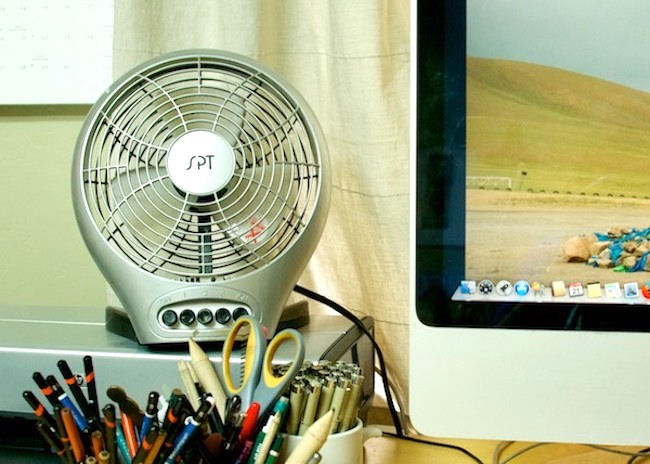
There’s no getting around it: Painting in traditional oils means odors and fumes. Be aware of the air quality in your painting space. An air filter with a carbon insert will remove VOCs (volatile organic compounds) from the air. A small desk fan will also keep the air moving.
5. Try a limited color palette
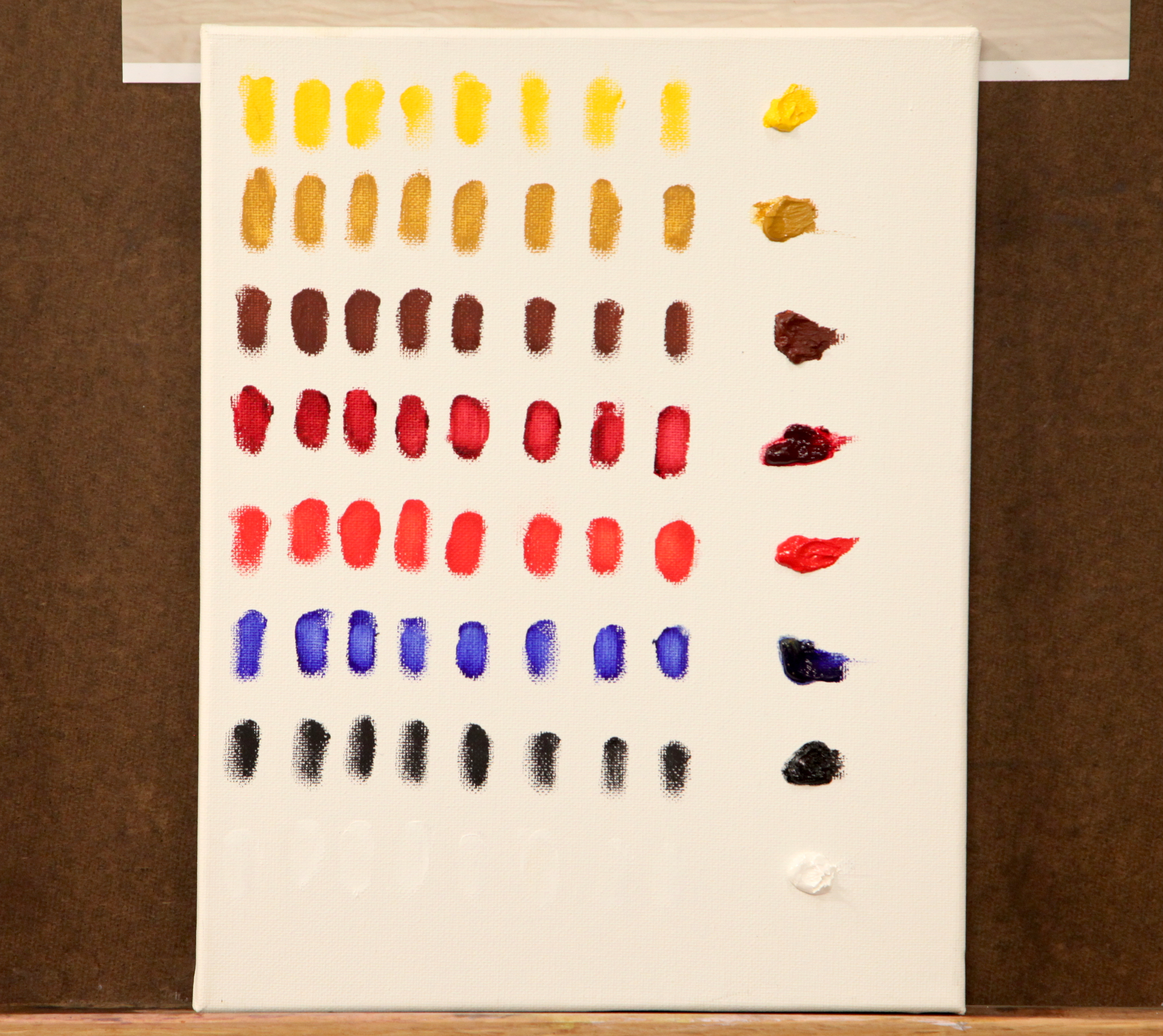
Start, or experiment, with a limited palette of four colors — one suggestion is Titanium White, Cadmium Yellow, French Ultramarine, and Permanent Red Medium. Though challenging, there’s a big advantage to this approach: color harmony happens automatically. It will also open your eyes to the colors “in between” the tube colors you can buy.
6. Understand the five elements
There are five elements that are present in every representational painting: design/composition, drawing, values, color and edges?
Design/composition
Once you have the idea for your painting, make thumbnail sketches, just 1″ – 2″ in size, to work out the design. Don’t get into detail, just work on arranging the main elements. Try different proportions of rectangles or maybe see how it might look like as a square.
Drawing

Once you have a design, then it’s time to draw it. You might do a pencil study first, then transfer it to your canvas. Or you could start by drawing directly with a brush on the canvas, either inline or shape. Either way, be as accurate as you can. In the end, the only way to learn how to draw is…to draw. A lot.
Value
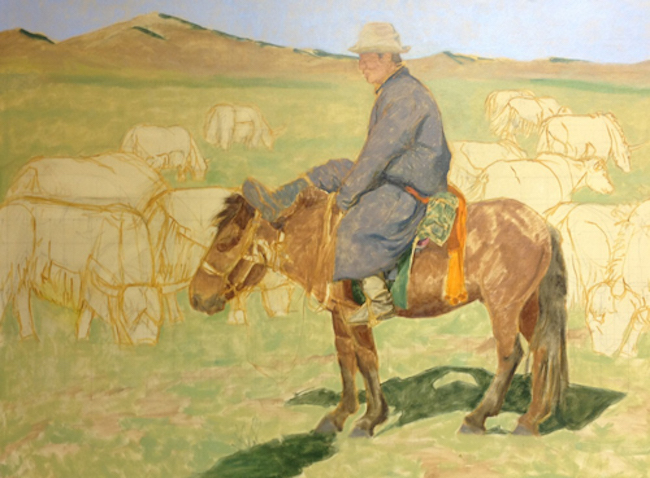
Value is the relationship between light and dark, separate from the color or hue it might be. Fantastic paintings always have great value relationships. You want the area of highest contrast to be where the center of interest is — where you want the viewer’s eye to go first.
Color
We all love color. It’s a big part of what makes painting fun. But, because there’s an endless number of colors, it’s easy to get lost in trying to understand what colors to use to convey what you want to say. A good color wheel is very helpful when you’re starting out.
Edges
Edges are where the different elements of your painting come together. To handle them well means being responsible for making decisions about the quality of every edge, determining how hard or soft it should be. Variety of edges is one of the things that sets great paintings apart from merely good ones.
7. Don’t paint the object
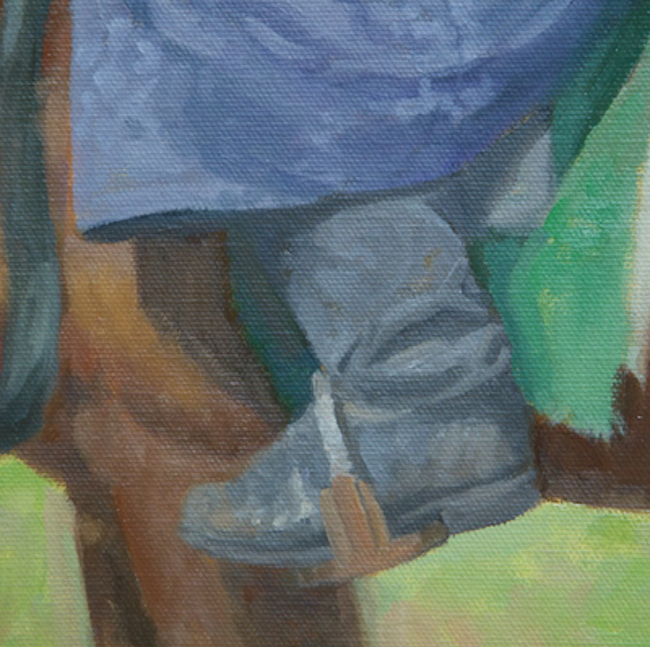
You may be painting flowers or a landscape or a portrait — but what you really have is paint, canvas, brushes, and knowledge of how to use them. There’s no tube of paint labeled “the light in a child’s eye.” We have to create that light through the use of shapes, values, edges, color hue, and temperature — the craft of painting. This is a kind of abstract thinking that is very liberating and also a different way of seeing the world.
8. Learn to draw first
Painting is a form of drawing, whether it is representational or abstract. They are not two separate things. You have to accurately observe your subject and then have the motor skills for your hand to put down what you see. These skills take time and effort to acquire.
9. Focus your painting on a central idea
Everything else must be subordinated to the central idea of your painting, even that perfect bit that you love. If it doesn’t support the idea, the inspiration that made you decide to do the painting in the first place, then away it must go.
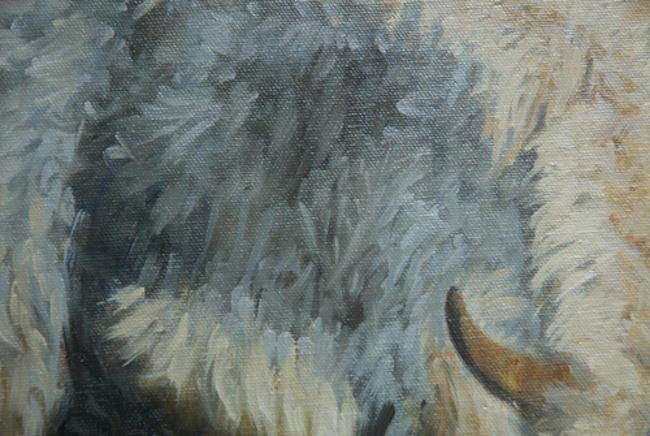
Here’s one example: the above image shows the detail of one of the yaks. Notice that it’s not of the fine hairs, but clumps, using a round brush. There is a variety of shapes, colors and colors temperatures.
10. Be objective of your work
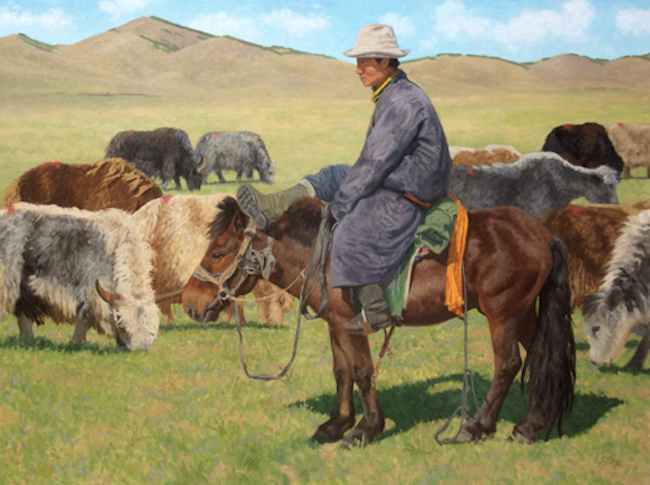
Being either overly critical or overly forgiving will get in the way of your growth as an artist. This is not easy, but it is necessary. Everyone has a bad day in the studio. This struggle often means that growth is happening. The only thing to do is to pick up the brush and go on.
When the work is cruising along, it’s really nice, but it’s also a plateau. If you get too happy with your work then you won’t see what you need to work on. And everyone has areas where they can improve. So, the best thing to do is to strike a balance and never lose track of the joy. Because, really, what a privilege it is to be an artist!
<!–
Beginner’s Guide to Oil Painting
Learn to use color-mixing techniques and a variety of palettes to create eye-catching works of art in oil.

I enjoyed your article! I have a question regarding the health portion of oil painting . . . If you're not using solvents and are using water miscible oils instead, are there still health concerns (VOC's, etc.) My water miscible oils (Lukas Berlin) seem to have no smell at all. Thanks in advance. Great article!